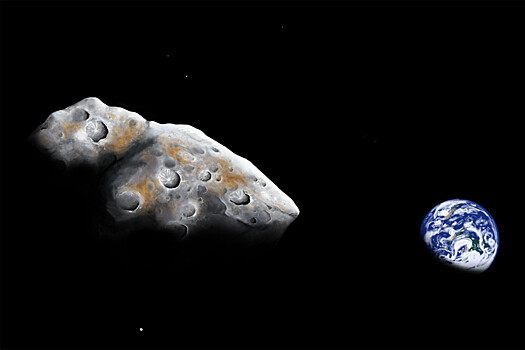American astronomers from the California Institute of Technology, together with colleagues from other scientific centers, made a discovery that has turned the idea of the origin of Vesta, the largest asteroid in the Solar System, upside down. The study was published in the scientific journal Nature Astronomy (NatAstron). Vesta is located in the main asteroid belt between Mars and Jupiter.

It measures 525 km in diameter and is second only to the dwarf planet Ceres in mass. The team used data from NASA’s Dawn mission, which allowed them to study the structure of the object in detail. The new analysis showed that the density of Vesta’s mantle was significantly higher than expected, and the difference between the mantle and the core was minimal. Of particular importance was the measurement of the moment of inertia, which indicates an unexpectedly homogeneous internal structure of this celestial body. This refutes the idea of Ceres as a “failed planet.”
According to the first version, the process of planetary differentiation (division into core, mantle and crust) on Vesta could have begun but not completed, stopping at an early stage. The second, more radical hypothesis suggests that Vesta may be a fragment of a larger protoplanetary body destroyed by a catastrophic collision in the early Solar System. These discoveries are of fundamental importance for understanding the processes of planet formation. They call into question the origin of the HED meteorites traditionally associated with Vesta and force us to reconsider some aspects of the evolution of the Solar System. “Our results show that the history of Vesta is much more complex than previously thought.
It was shaped by unique processes, including aborted planetary differentiation and late collisions,” said lead author Ryan Park of NASA.

